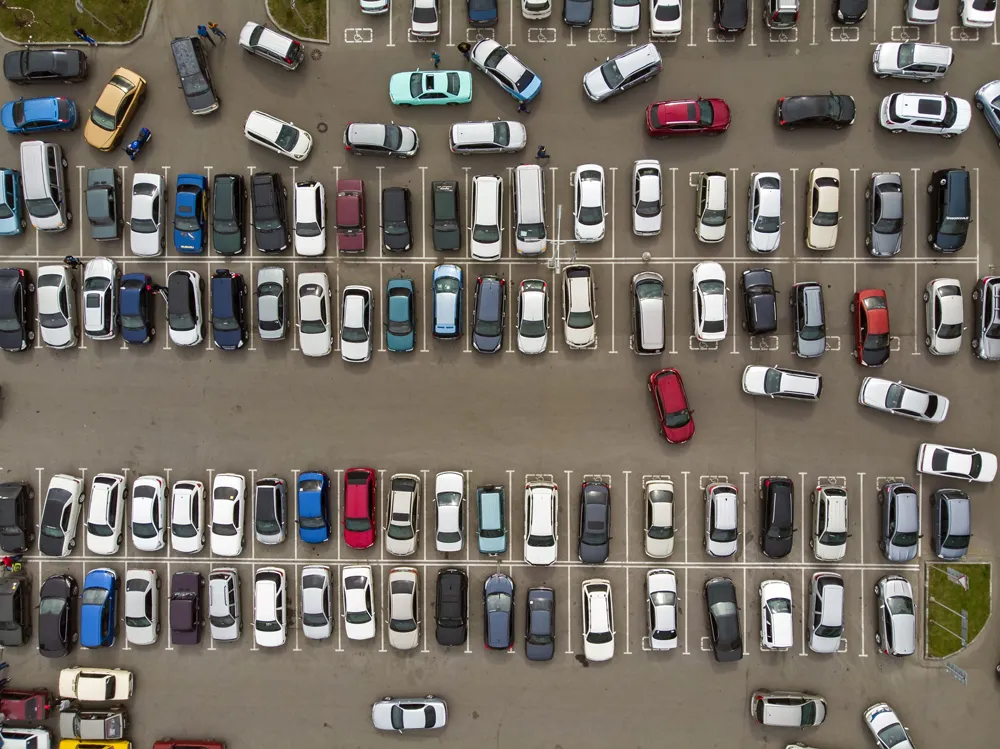With an increasing number of privately owned cars in China, parking shortages for residential and commercial functions have become a significant issue. This has led to the central government implementing various policies in order to tackle the problem. Parking China is a specialised exhibition for intelligent parking systems and solutions.
31st August, 2022 - 2nd September, 2022
Event Location
Shanghai, China









